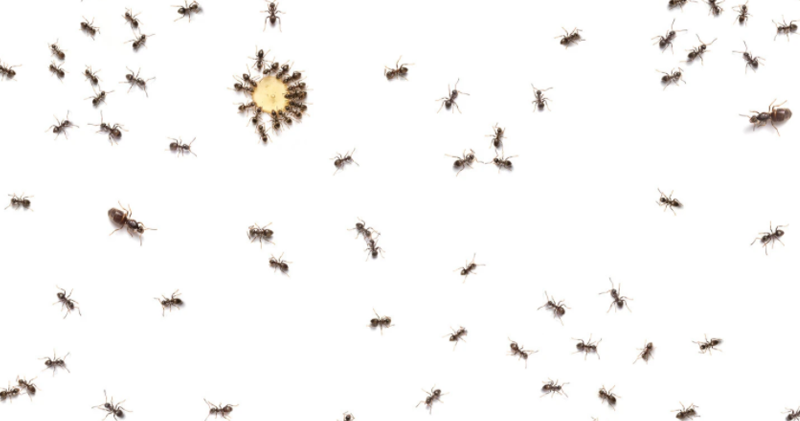I wrote two Friday messages on Thursday night this week. This is the second version. The first was a focus on the frightening rhetoric and law being proposed and in some cases passed by the Idaho legislature. I hope you will take the time to review the “indoctrination” and social justice issues that create a threat to higher education as well as to early childhood and pre K initiatives in our State. The future success of the Idaho economy will ultimately rest in the ability of our education system to prepare workers for the jobs of tomorrow. That goal will not be met if we cannot attract and retain the best and brightest educators and provide them with the resources to compete and perform at the highest level. Jim Everett, retired CEO of the Treasure Valley YMCA, often said, “each child is a treasure”, we should make certain each has access to a quality education.
I was discussing a fascinating article about the Tiny Ant with Margie, my four year old grand daughter. She did not have a lot of interest but she did mention that she really loves her Aunt Katie. It prompted me to find out why we call the sister of Margie’s mother, Aunt. The Anglo French aunte, or old French, ante, or modern French, tante seem to go back to circa 1300. The Latin origin is 1500’s amita-paternal Aunt or Greek “mama”. I could go on, many languages have a word for the family relationship.
The New York Times ran a recent article entitled, “Let us now Praise Tiny Ants.” It may be of no surprise that there are orders of magnitude more ants than there are humans and they are very industrious. “We share the world with at least 15,000 unique species of ants.” The author points out that if you were to put all the animal life in a Brazilian rainforest on a scale, more than one fourth of the weight would come from just ants. We all have seen the ants that live around us in the woods, eating the spilled sugar in our kitchens, or the carpenter ants threatening the structure of our cabins. So many shapes, styles and faces if you could see them up close. Well, through the miracle macro photography, Mr. Naga’s photos show every element of each tiny subject – from the pincher like mandibles, to the facets of their compound eyes. One species, Diacamma rugosum, have three simple light detecting eyes called ocelli, to help them fly and navigate in addition to the standard compound eyes. The trap jaw ant has mandibles like scimitars or lobster claws, “some can close their jaws in barely on tenth of a millisecond, slamming shut to catch their prey at speeds reaching 145 miles per hour.” Cataglyphis bicolor, has long spidery legs- an adaptation that allows it live in the Sahara where speed and height keep it cool above the blazing sand. Ants are diverse and critical to many ecosystems – they have lived on earth for over 150 million years building elaborate societies. Perhaps one day we humans could learn to value diversity and equity in our complex society.
Idaho is too great for hate! Please send the message to your elected officials, we must each get involved or only the loudest voice is heard.
Stay positive and test negative. Thanks for wearing your mask and protecting each of us, it is the right thing to do. Mike

